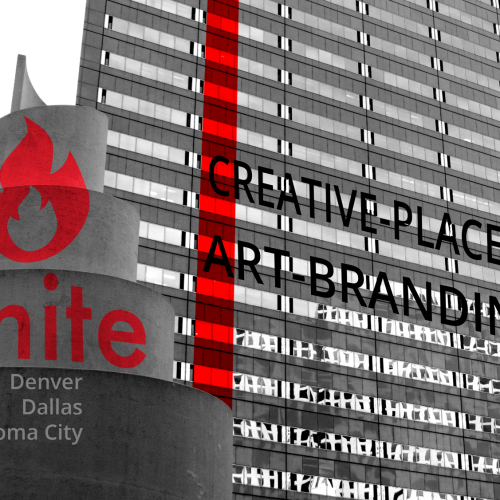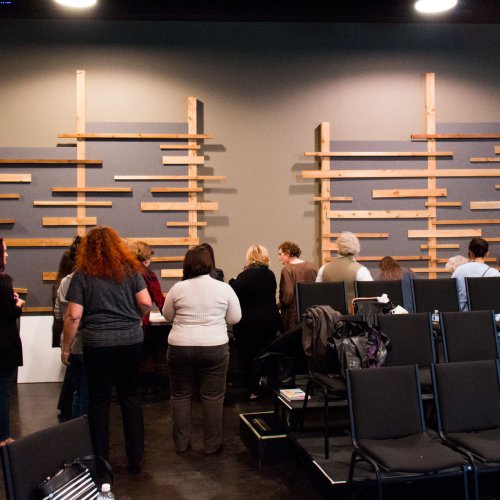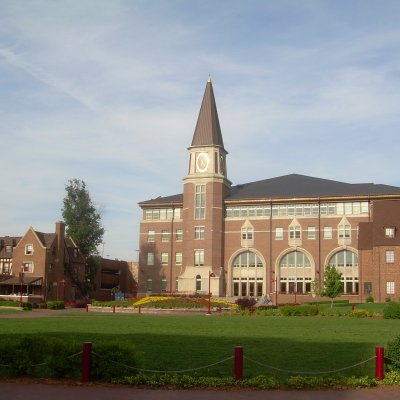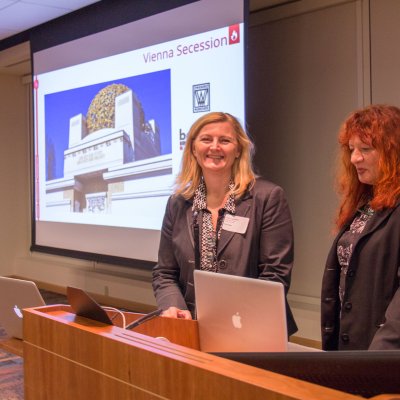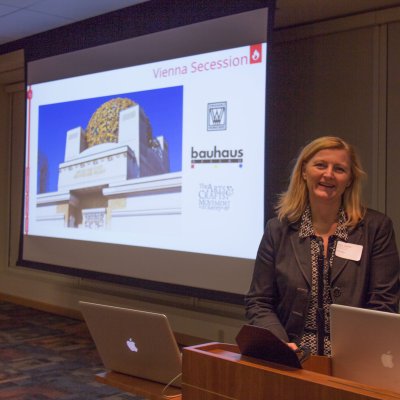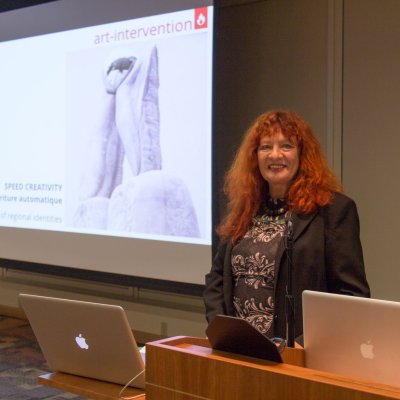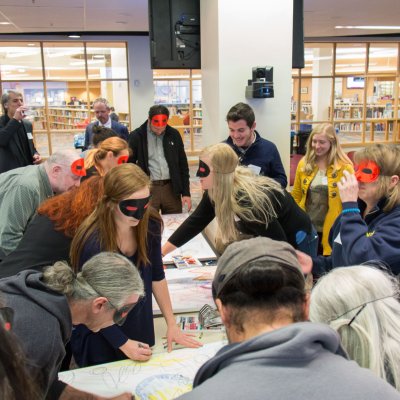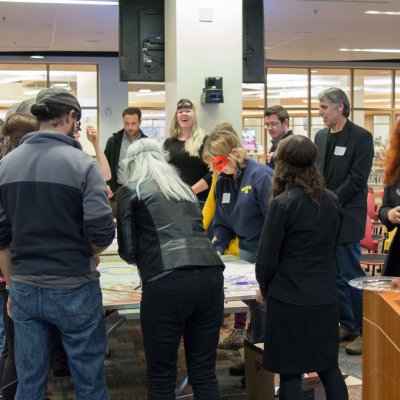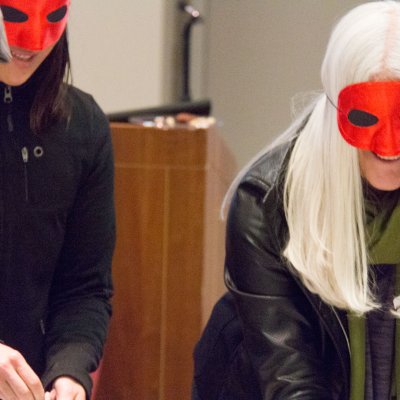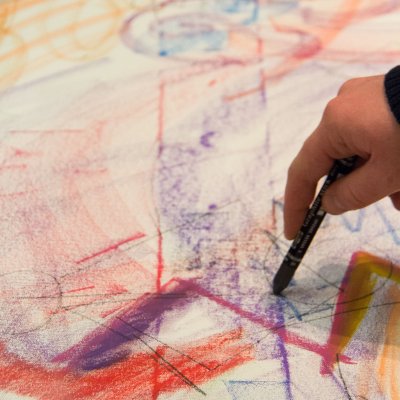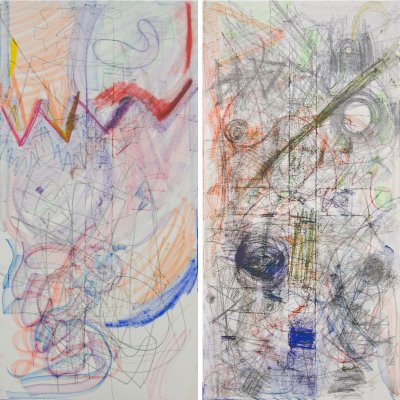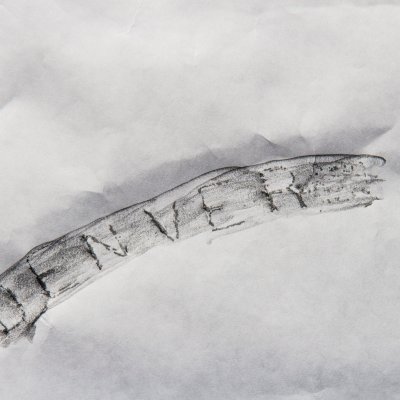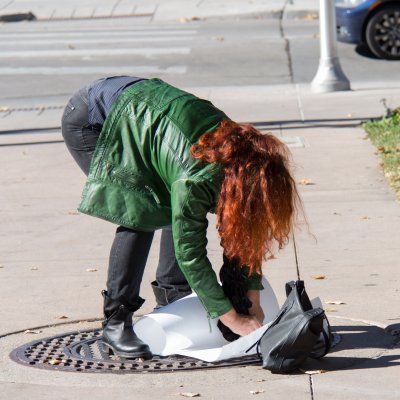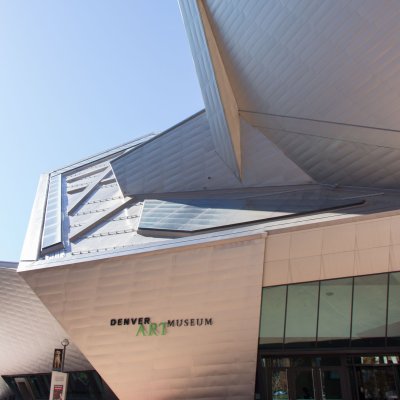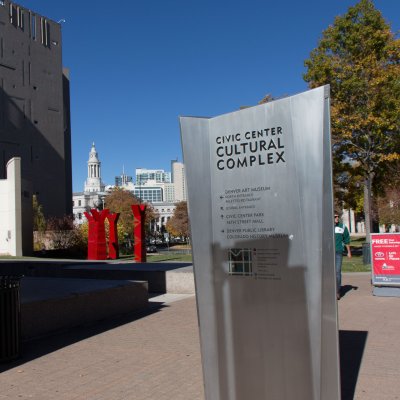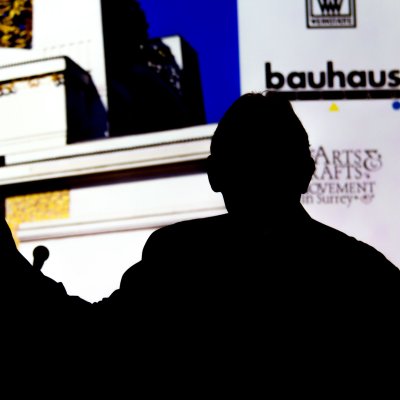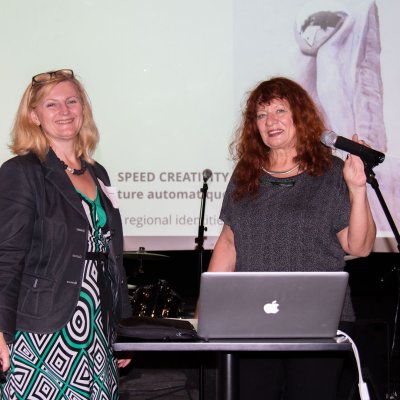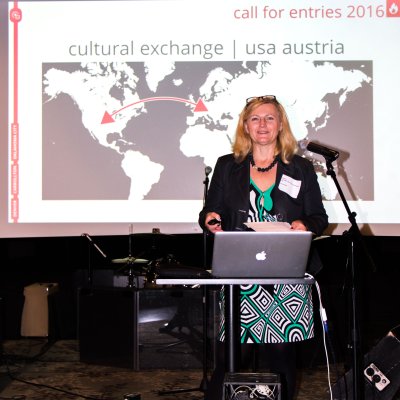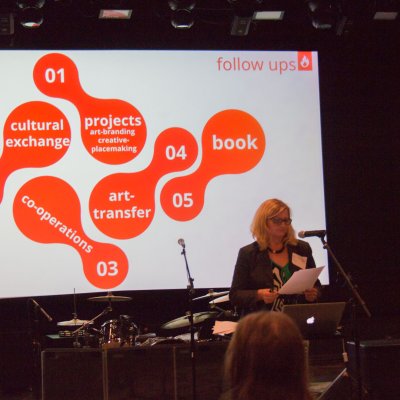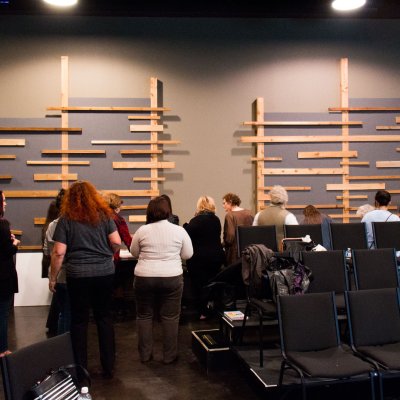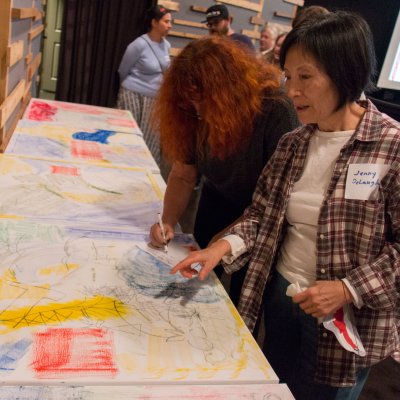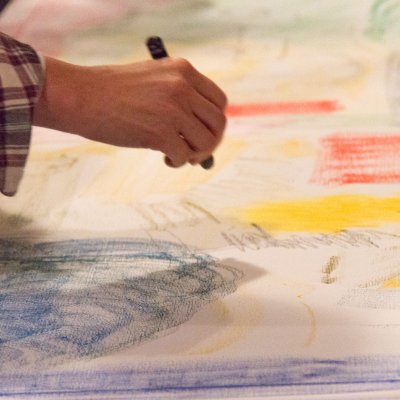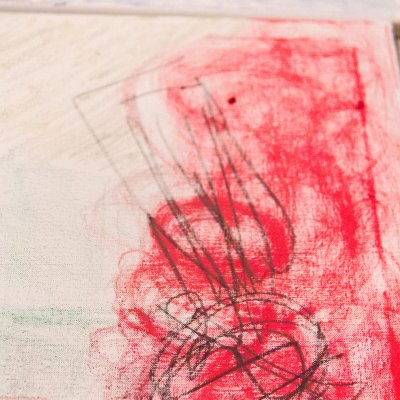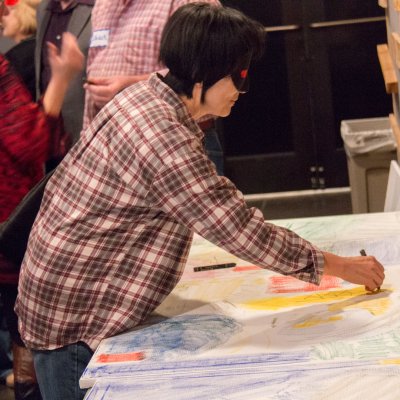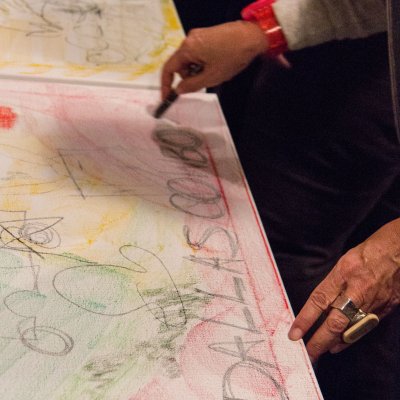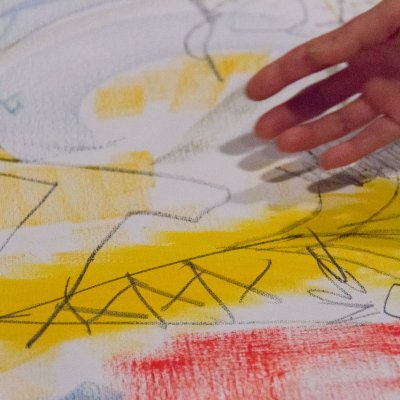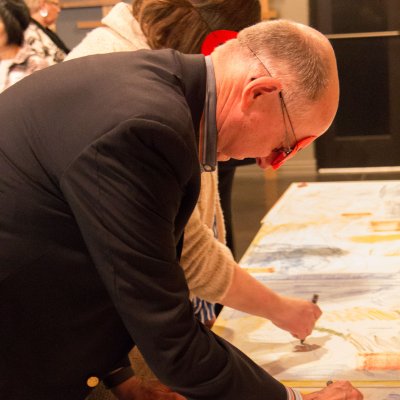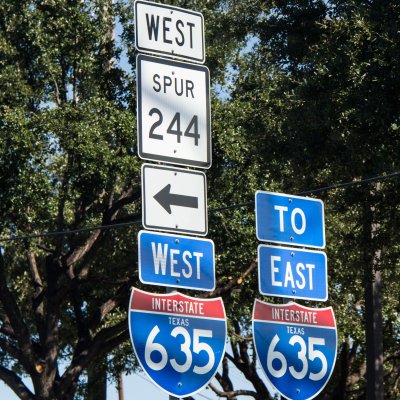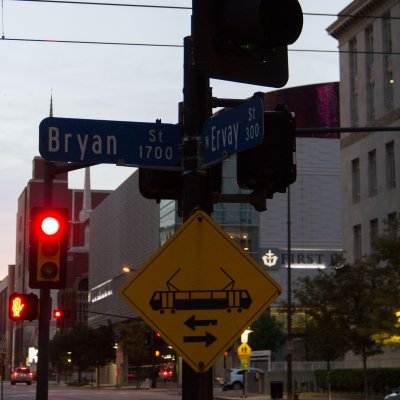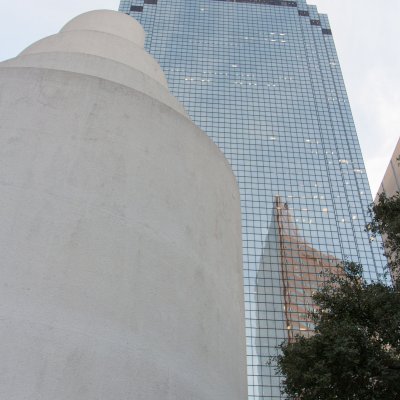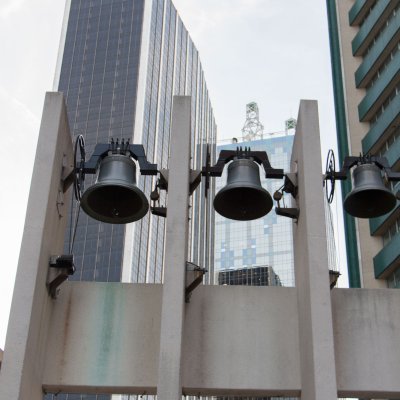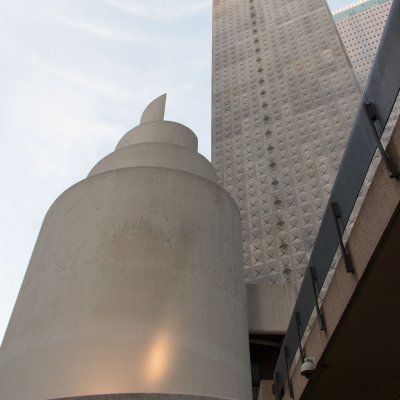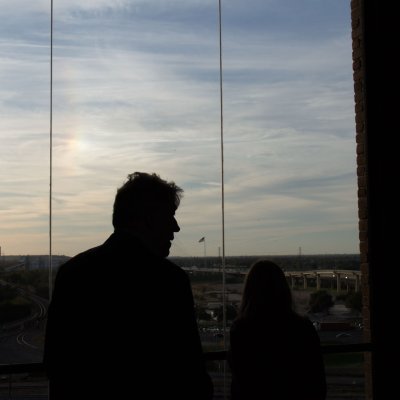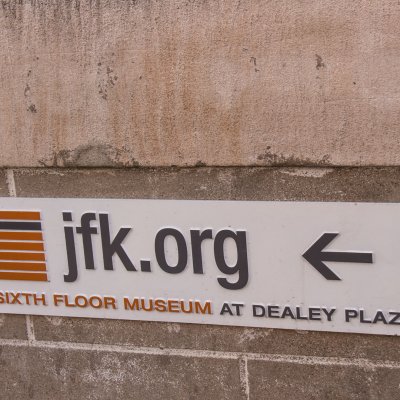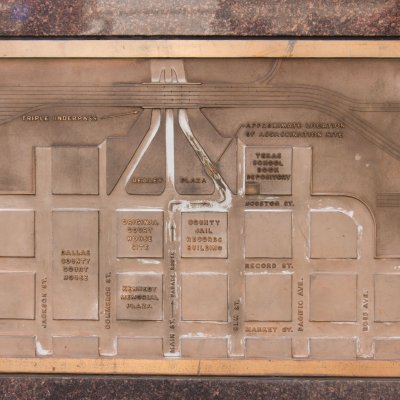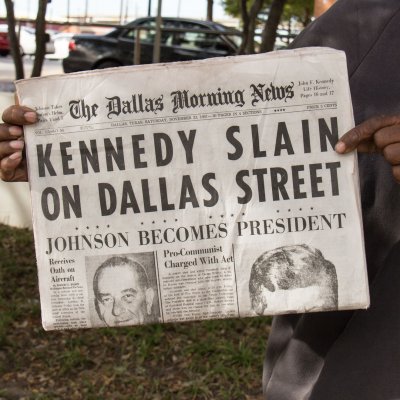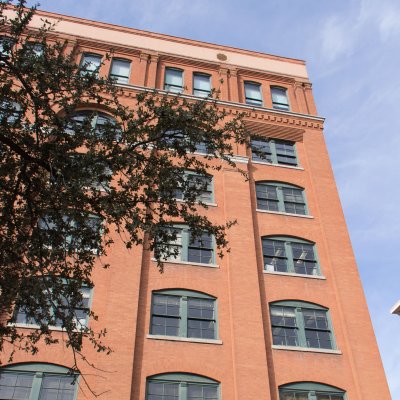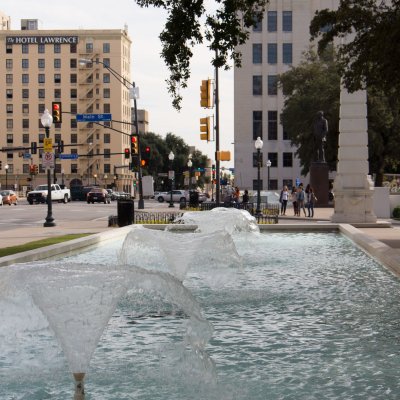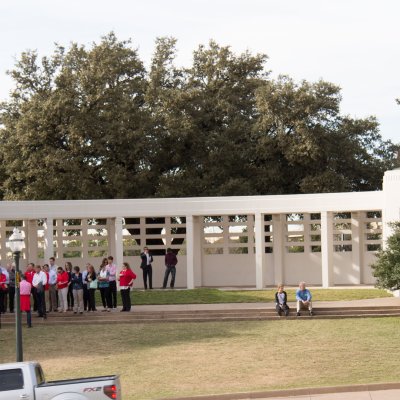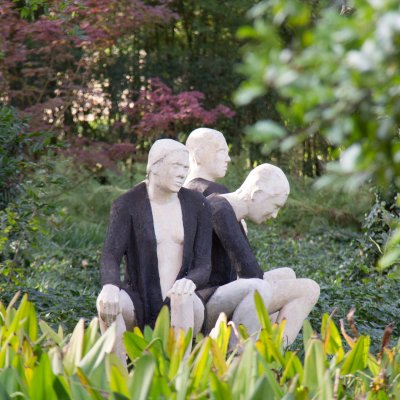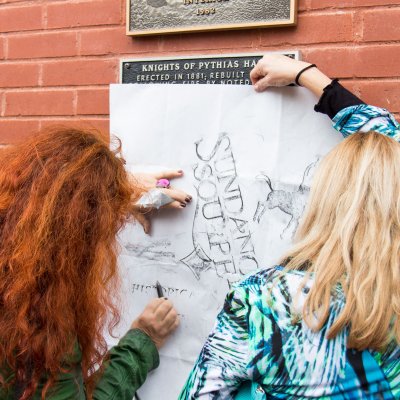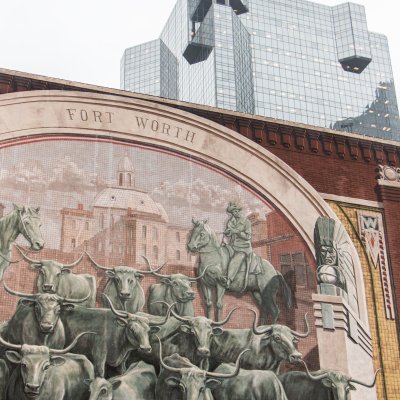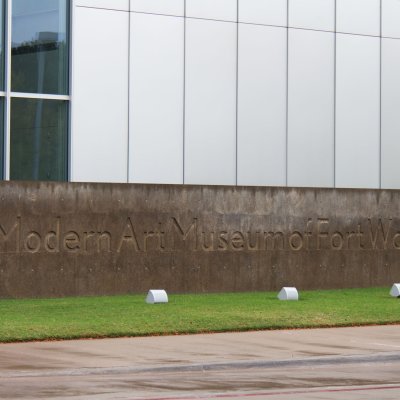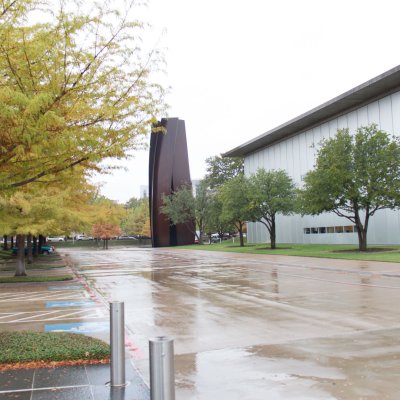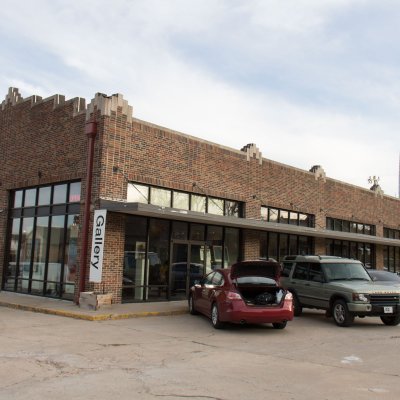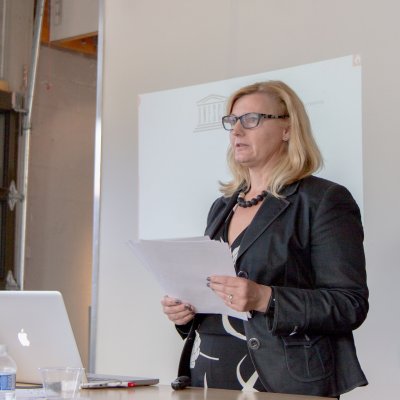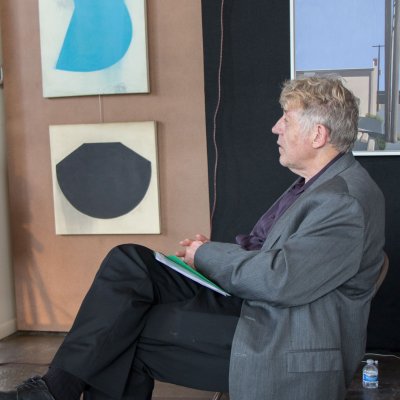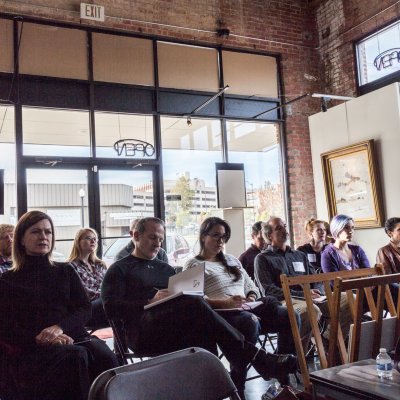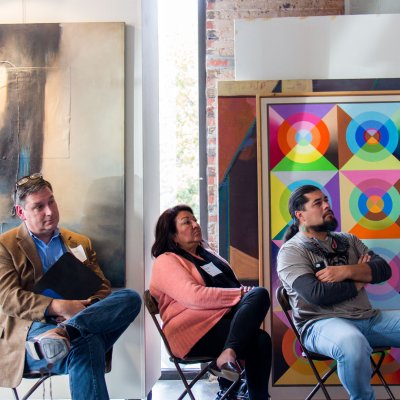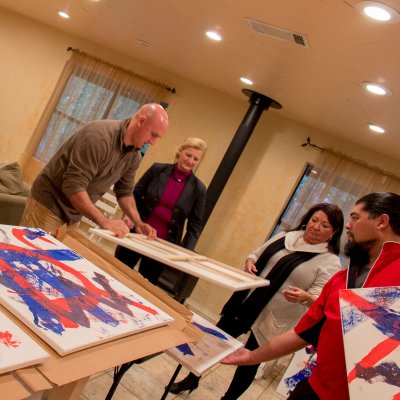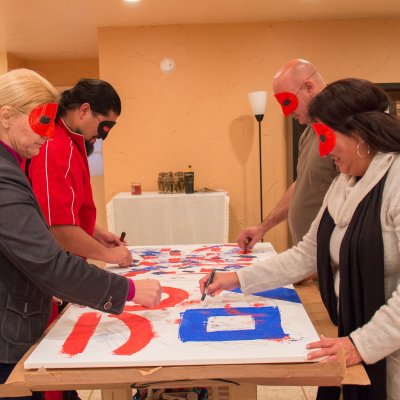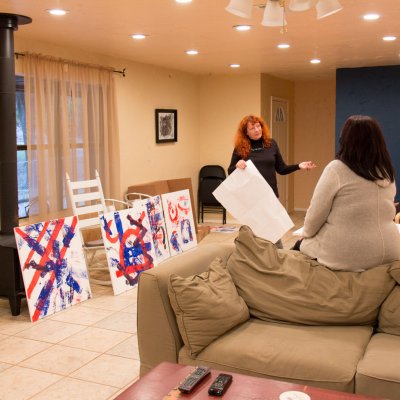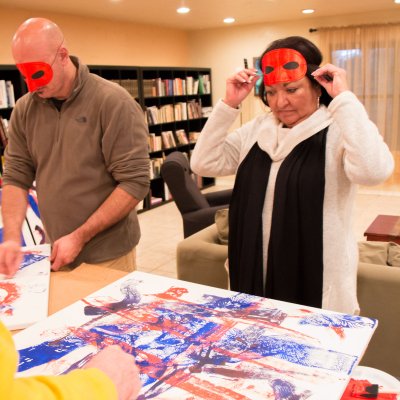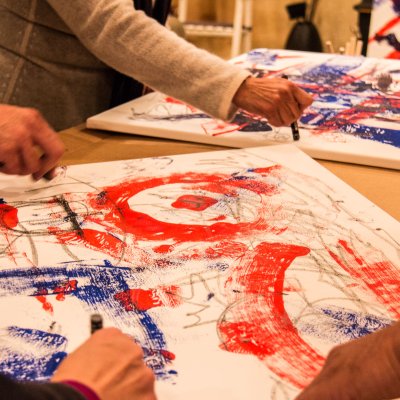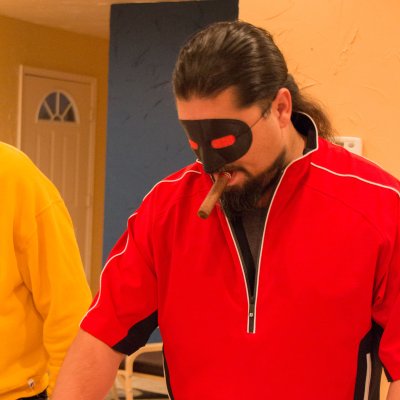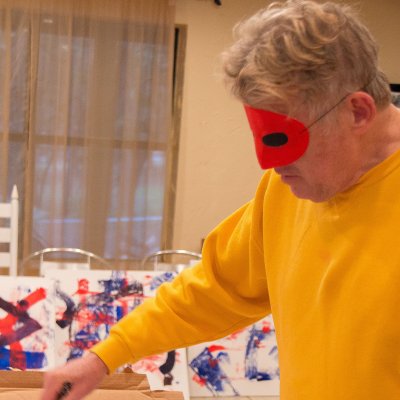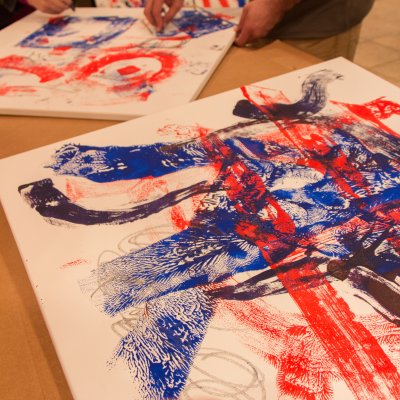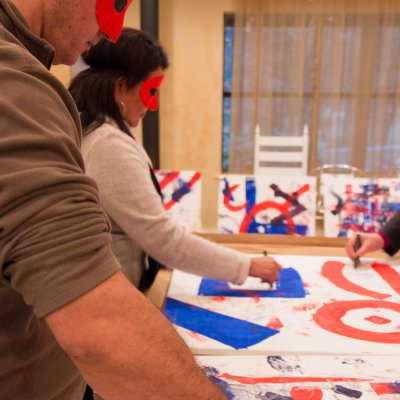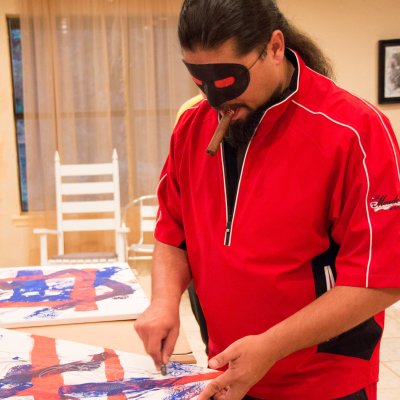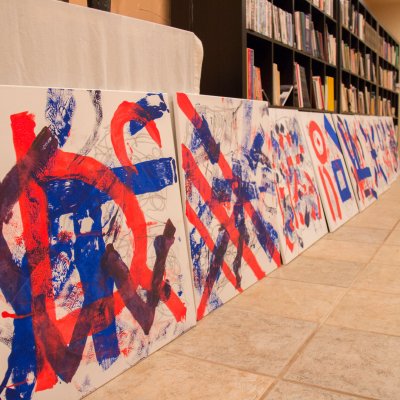BURN-IN US Market Entry
Creative Placemaking & Art-Branding Seminars across Denver, Dallas & Oklahoma City
For almost one year BURN-IN and Prof. Carl Raschke (University of Denver) have been planning the US market entry. This November Sonja Dolzer and Renate Polzer held 3 seminars on the subject of Creative Placemaking and Art-Branding in Denver, Dallas and Oklahoma City, compared European and American approaches and presented completely new and sustainable BURN-IN solutions for companies, communities and artists.
Within these events BURN-IN organized art-interventions to the issue of regional identities, which had a strong appeal to the audience. All artworks will be exhibited in Theater 166 in Dallas in January 2016!
BURN-IN Ignite Seminars & Art-Interventions 11/2015
An overview of our successful seminar series across three major US cities
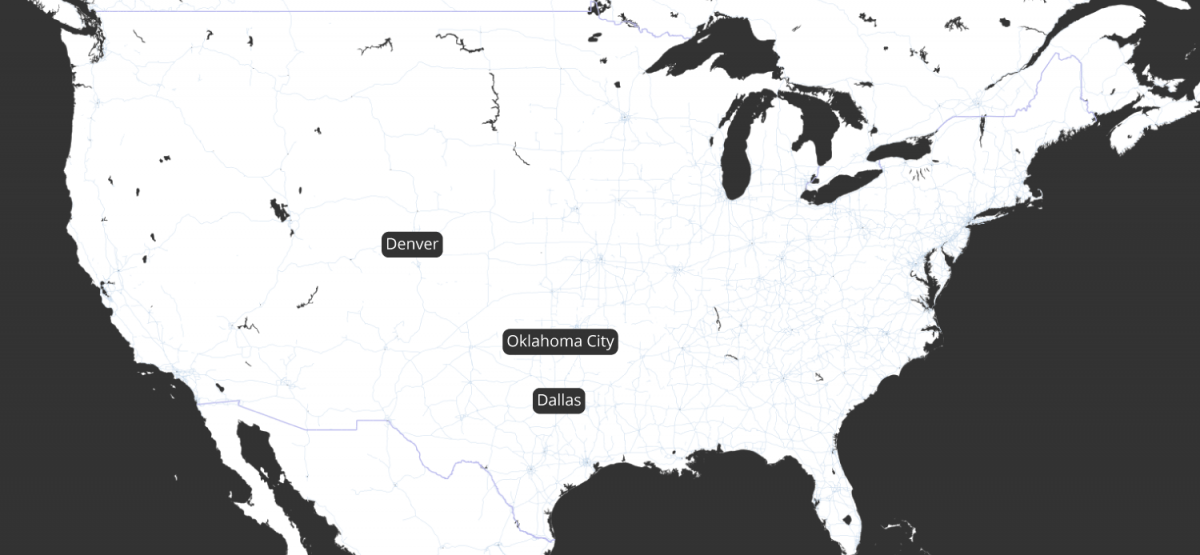
Interactive US Tour Map
Seminar Overview
Creative Placemaking and Strategic Art-Branding
- Developments on the international art- and communications-market - globalization of branding & art
- Creative Placemaking | ART-Branding | the macroeconomic point
- Culture counts | the European top-down approach
- Philosophy of UNESCO, EU supporting program for culture, art and creativity until 2020 | endowment 1,5 Mrd.€
- Regional programmes | Creative Region Upper Austria
- Case Studies | Linz 09, Linz City of Media Arts, AEC, Prix Ars Electronica
BURN-IN offers | focusing companies and local communities
- The Return on Culture concept | trademark BURN-IN | the platform | the gallery, think & do tank
- The Storytelling concept | the iceberg model
- Trends in arts sponsorship | the BURN-IN USP: art-branding
- CSR | brand equity | corporate identity | intangible assets
BURN-IN offers | focusing artists
- Active development of art-branding projects | BURN-IN as a navigator
- New exhibition format for 2016 | the gallery-method | annual theme: Diversity contra Identity? Values and culture
- Presentation of the gallery-portfolio and the philosophy | invitation to US artists | call for entries 2016 (american quarter)
Vienna Secession, Wiener Werkstätte, Arts & Crafts movement and Bauhaus
- Similarities and new aspects concerning BURN-IN
- The Bilbao-Effect
- Mass Migration to Europe | consequences
BURN-IN goals and follow up
- Acquisition of companies, organizations, communities and artists
- Acquisition of strategic partners (galleries, management-consultants, investors)
- International cultural exchange
- Initiation of an international, interdisciplinary book-project | Creative Placemaking and Art-Branding
ART-INTERVENTIONS
Focusing Regional Identities
Speed Creativity via Écriture automatique
Our Approach
Bringing people together is the main purpose of our Art Interventions. We have been creating these workshops especially for managers to offer teambuilding workshops to their crew as a strategy to fully deploy their creative potential and optimize group dynamics.
Écriture automatique is one of these methods for free association. The poets in Surrealism used it for their experimental literature. We were transforming it for our team-painting program in a sort of blind painting, not only working on a visual but as well on an emotional level.
Denver
BURN-IN offered through a short art-intervention an authentic insight of the regional identities of Denver.
Technique & Results:
- Oil pastel on first shape
- Graphite sticks used blindfolded
- 4 stretched canvas paintings
Key Interpretations:
Workshop Gallery
Dallas
In Dallas BURN-IN asked for ideas about regional identities using the same technical style but with different results.
Technique & Results:
- Oil pastel painting areas
- Graphite sticks blindfolded
- 5 square shaped canvases
Key Themes:
Workshop Gallery
Oklahoma City
BURN-IN presented a longer workshop of three hours focusing on diversity, sensibility and empathy.
Technique & Results:
- 2 acrylic colors as dominating layer
- Canvas printing technique
- 8 interconnected paintings
Interpretations:
Workshop Gallery (16 images)
The Journey Continues
The expressive sequence of images documents the successful seminar-series, which will be continued in 2016.















































































